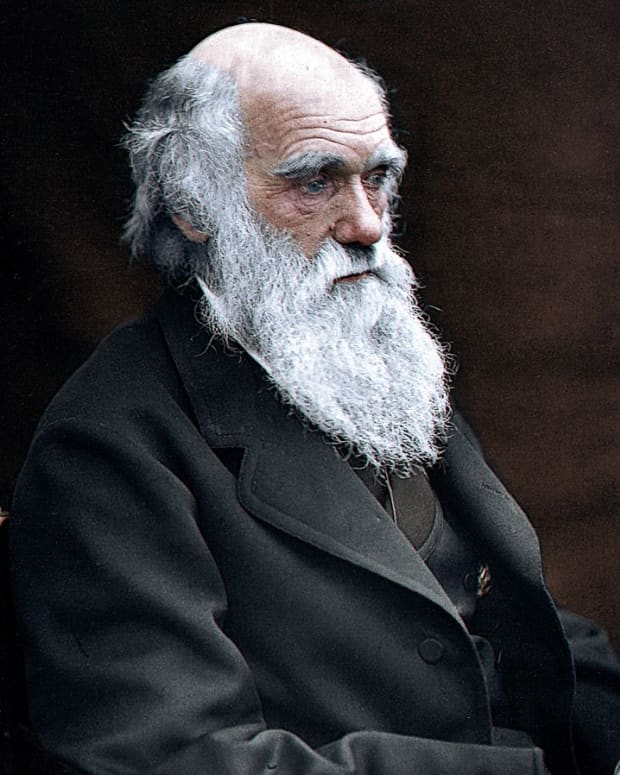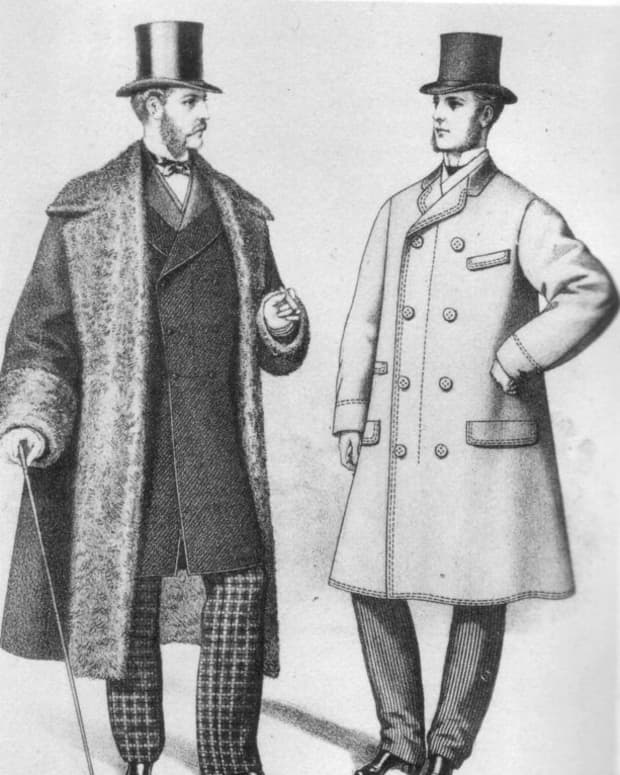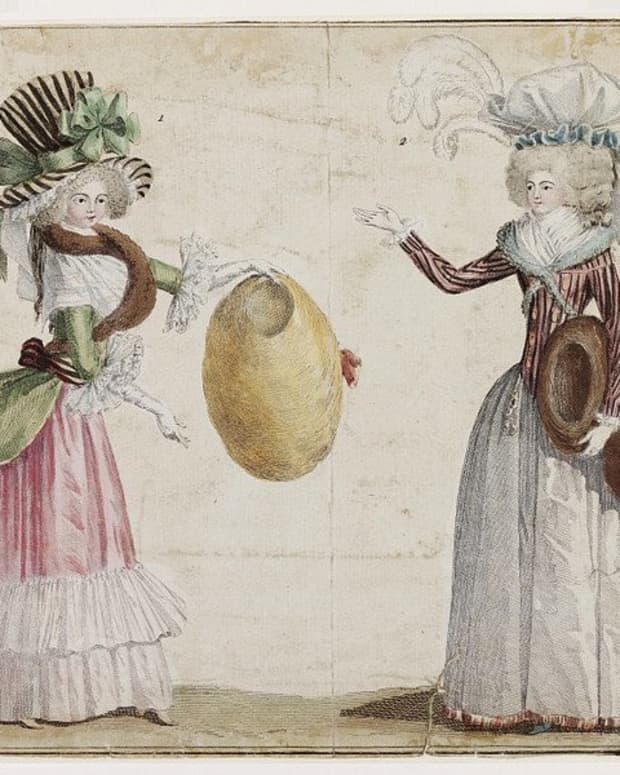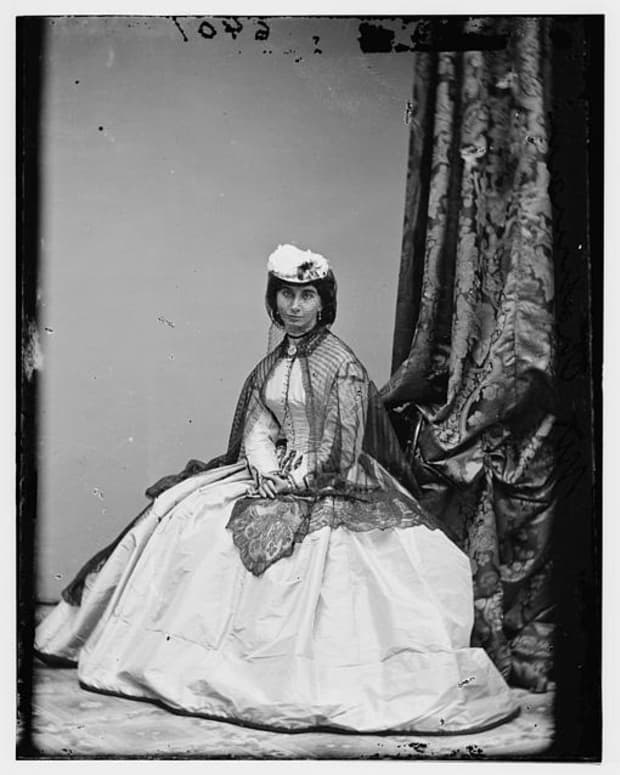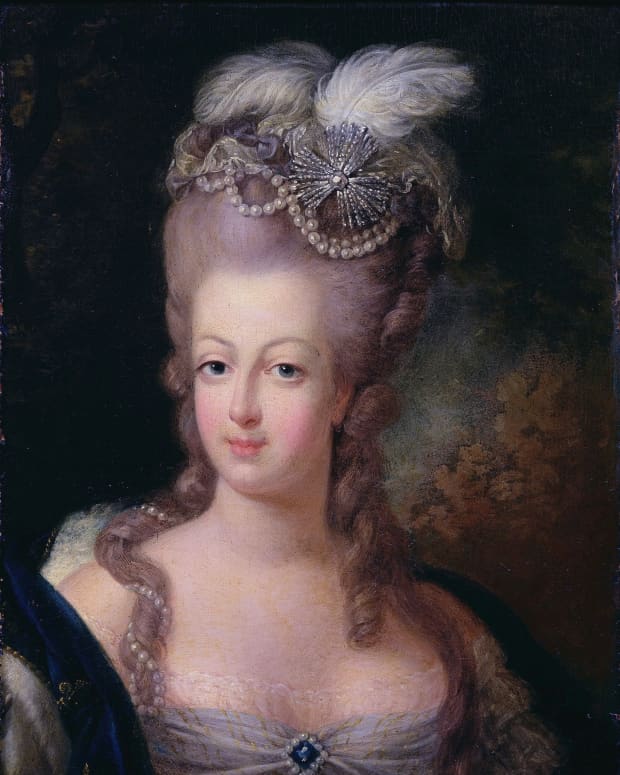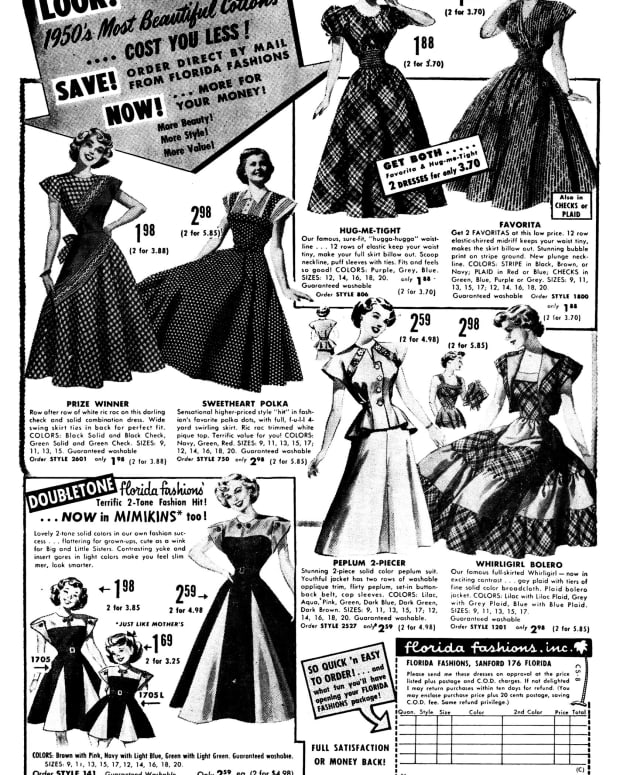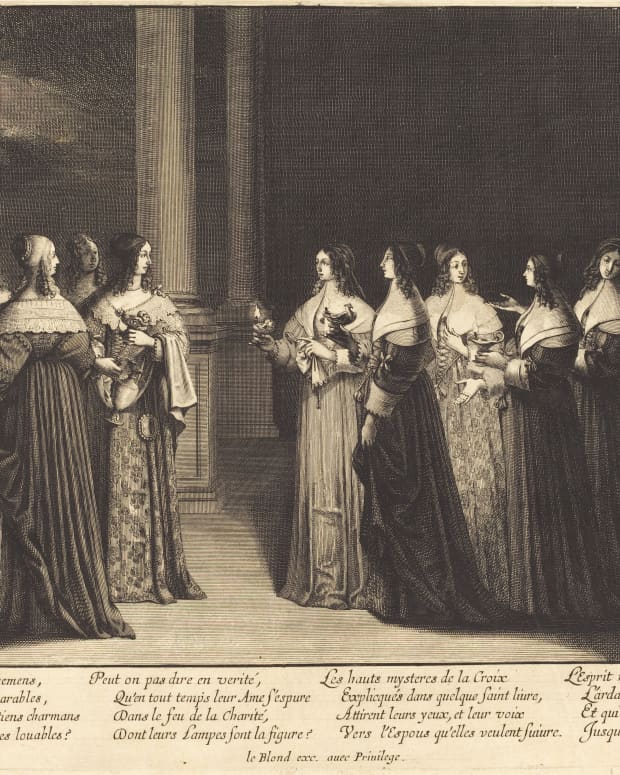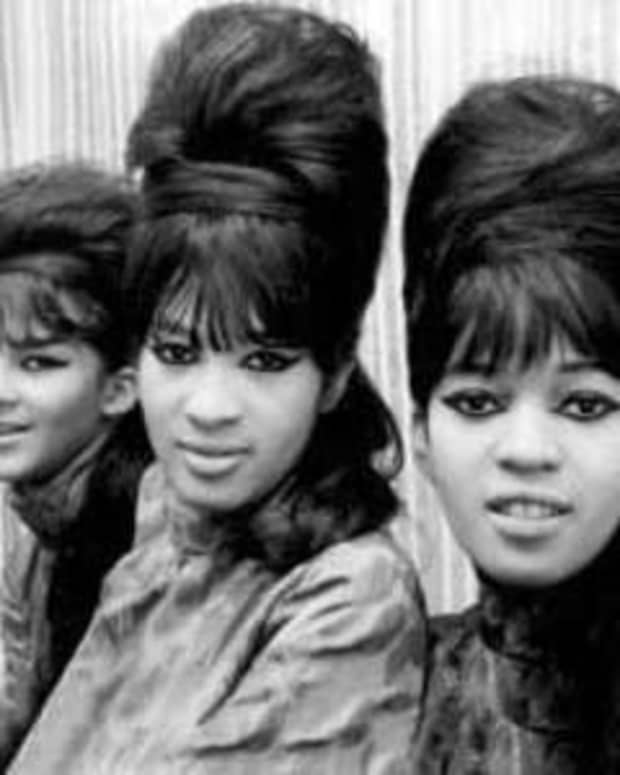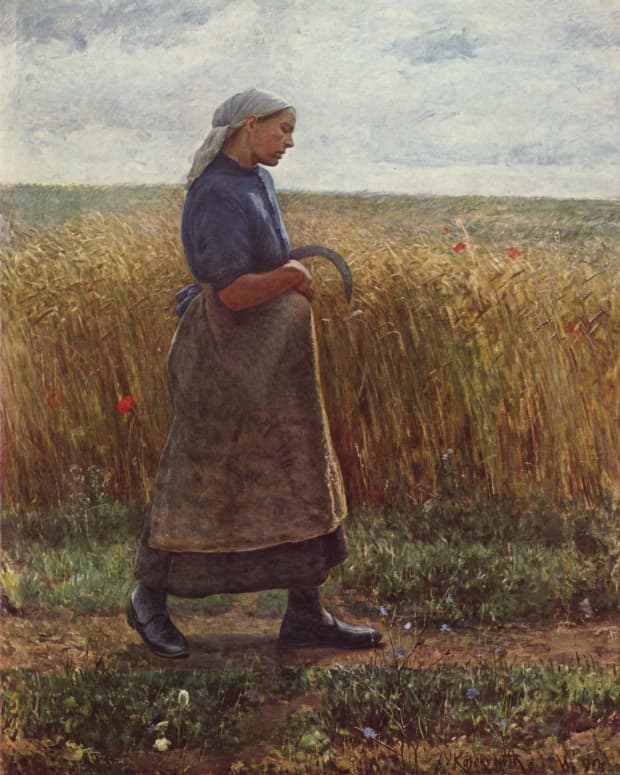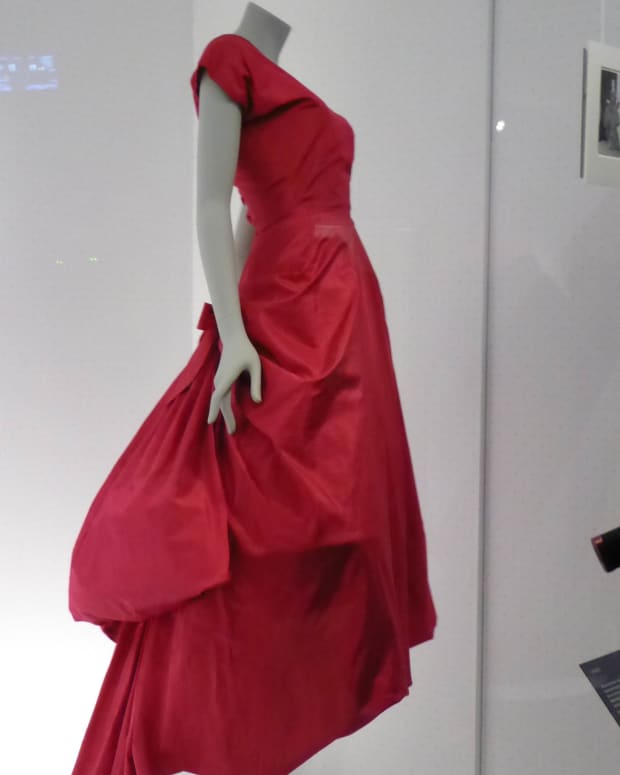Men in Powdered Wigs
I've spent half a century (yikes) writing for radio and print—mostly print. I hope to be still tapping the keys as I take my last breath.
Luxuriant hair was a status symbol among the European upper classes in the 17th and 18th centuries; baldness consigned an egghead to public ridicule.
One way that men became bald was by inheriting the hair loss gene through their mother's line. Another way was to have a tumble in the sheets with the wrong kind of person. Seventeenth and eighteenth century Europe was ravaged by an epidemic of syphilis, and one of its several unpleasant side effects was hair loss. Enter the wig, known as a peruke.
Covent Garden Nuns
From the 16th to the 18th centuries, there was a rampant sex trade in London. Centred on the theatres around Covent Garden, hundreds of prostitutes sold their services giving the bacterium Treponema pallidum ample opportunities to colonize new hosts.
The women were often referred to euphemistically as “Covent Garden Nuns,” and their customers were mostly from the upper classes, the only level of society that could afford to buy theatre tickets and sex.
Theatre-goers might consult a publication entitled the List of Covent Garden Ladies. Published annually from 1760 to 1793, it provided reviews of the upper echelon members of the sisterhood as one might review restaurants today. Another publication of a similar nature was called The Covent Garden Magazine or Amorous Repository. In a subtitle it informed purchasers that it was “calculated solely for the entertainment of the polite world and the Finishing of a Young Gentleman’s Education.”
Using these guides to set up a quick romp after the final curtain was likely to lead to infection and baldness.
The Wig Fashion Starts
The syphilitic infection was no respecter of rank; even royalty became victims.
One of the early adopters of the wig fashion was King Louis XIII of France (1601-1643). He was only 17 when his hairline started to recede, something that would seriously damage his public image. He decided to go with big hair.
His son, Louis XIV, was similarly challenged and developed a balding pate early. Taking his father’s lead he hired 48 wig makers to give him a bouffant style to cover up his embarrassingly shiny dome. Of course, once the boss started wearing a wig, so did all the courtiers with a smidgen of ambition.
As France was, at the time, the arbiter of European fashion, the wearing of wigs spread. England’s Charles II, Louis XIV’s cousin, took to wearing big hair as well.
When Louis died at the grand old age (for the time) of 76, his body was riddled with syphilis. Charles II bedded vast numbers of women both aristocratic and not. Unsurprisingly, he suffered from syphilis and expired at the age of 54 in 1685.
The Unclean
Another reason why wigs became popular had to do with personal hygiene or, more accurately, the lack thereof. During the 17th and 18th centuries there was a widespread belief that bathing made people vulnerable to disease. Warm water was thought to open the pores of the skin and allow the plague entry points.
So, people followed the medical advice of such worthies as Dominican friar Thomas Moulton, who wrote “use no baths or stoves; nor swet not too much, for all openeth the pores of a manne’s body and maketh the venomous ayre to enter and for to infecte the bloude.”
As a result of the lack of washing, people gave off a noxious fragrance. Henry IV of France (Louis XIII’s father) was described as “stinking of sweat, stables, feet, and garlic.”
Consequently, of course, most people were infested by head lice. A practical solution to having these nasty little beasties in the hair was to remove the hair. To cover up the shaved noggin, wigs were necessary.
The lice were still around, of course. But now they lived in the wigs, nipping onto the scalp every now and then for a blood meal. Getting rid of them, at least temporarily, was simply a matter of boiling the wig. No more time-consuming nitpicking.
Read More From Bellatory
Powder was applied to the wigs in profusion. It was made of various concoctions of starch or chalk with the addition of lavender or orange flower scents. It was believed that the powder reduced the lice population. It had other benefits; it was fashionable for people to powder their wigs white. Others favoured the aromatic powder as a way of masking their own funky bouquet.
Wig Fashion Goes Mad
Soon, the need for wigs to compensate for unhealthy habits gave way to their utility as a means of displaying wealth; the more luxuriant the tresses, the richer the wearer. As the wig attained celebrity status, the lesser mortals who aspired to higher rank took to wearing the things.
Once the common herd could wear a hairpiece, the aristocracy had to put them in their place by going bigger and, therefore, more expensive. Some curly manes brushed past the shoulders to halfway down the back, while others went high. The grander the wearer, the grander the wig; hence the expression "bigwig."
The best wigs required human hair and there was a cottage industry involved in harvesting the raw material. Novices entering convents had their locks shaved off and, presumably, sold by the Mother Superior to a middleman. Convicts could be coerced into surrendering their hair, as could poverty-stricken peasant girls in need of a meal.
It’s believed that hair was also taken from corpses; they couldn't be said to need it any more. The 17th century diarist Samuel Pepys recorded that he hesitated to put on his new wig because he suspected it might have been made from the hair of plague victims.
One-upmanship dictated that these hairy confections were destined to grow higher. Particularly among women, hair extensions were woven into cages and decorated with jewels and ribbons. Some of these extravagant constructions even contained bird cages complete with twittering occupants.
The End of the Wig Fad
The French Revolution killed the peruke fashion along with much of the aristocracy. The over-the-top wigs were associated with the excesses of the nobility and had to go.
In Britain, Prime Minister William Pitt the Younger found a less drastic way of ending the popularity of wigs; he placed a tax on wig powder in 1795. One of several creative tax measures designed to balance the budget.
Bonus Factoids
- The wealthy employed people to "dress" their hair rather than cut it, so that today we entrust the management of our curls to "hairdressers," not "hair cutters."
- The development of elaborate wigs caused the emergence of a whole new criminal class―the wig-snatcher―who would pull the fancy peruke off the wearer in the street and sell it to less affluent customers.
- The popularity of wigs spread to the European colonies. But one dignitary never wore a wig. Portraits of George Washington give the impression he wore a hairpiece, but he didn’t. He powdered and curled his own hair.
- In the first half of the 18th century, there were more than 1,200 wig shops in Paris that provided a livelihood for 6,000 people.
- The Puritans in England, who could be counted on to take the fun out of everything, denounced the fashion by declaring that “Ye wearing of extravagant superfluous wigs is altogether contrary to truth.” And a clergyman in Massachusetts in 1673 railed from his pulpit that wigs were “Bushes of Vanity.”
Sources
- “Prostitution in Covent Garden.” Nigel T. Espey, Covent Garden Memories, November 9, 2012.
- “The Joy of Dirt.” The Economist, December 17, 2009.
- “The History of Wigs.” Elegantwigs.com, undated.
- “History of … Wigs.” Bayis Magazine, December 25, 2016
- “History of Wigs (Perukes) as Fashion Attire.” Yvette Mahe, fashionintime.org, April 25, 2016.
This content is accurate and true to the best of the author’s knowledge and is not meant to substitute for formal and individualized advice from a qualified professional.
© 2017 Rupert Taylor
Comments
Tony on January 13, 2018:
I'm certain that the woman smelled just as bad as the men and also carried stds.just saying
Char Milbrett from Minnesota on October 20, 2017:
Hmm. These women had to have sex with these men who smelled horrible and carried vicious diseases. Gross. I wonder if any of them protested that these sexual advances were unwanted and they did not like it. This century, we have the news each week, breathlessly telling us of men who lurk outside hotel rooms, suggesting that the women follow them into their rooms... Like a spider...
Rupert Taylor on October 19, 2017:
Thanks Paula. But in the context of the times the behaviour of the bigwigs was perfectly acceptable. Everybody smelled like a rotting pile of garbage; imagine how the lower classes stank without the benefit of scented powder. Yuck. Yuck. And double yuck. But thanks, I think, for leading me into this. I think I'll go and have a shower now. Maybe two.
Suzie from Carson City on October 19, 2017:
Rupert..... It is so nice you responded to my curiosity. Thank you for doing this fascinating research! This is as educational as can be, albeit, nauseously educational. LOL My, my, syphilis outbreaks, head lice, body odor..YUK. Now wouldn't you think these aristocrats would hesitate to advertise their really bad habits & behavior?? Wearing a wig and one with scented powder, no less? Really Rupert, it had to be a bit like announcing to the public, "I frequent houses of ill-repute, will die of syphilis and by the way, I don't bathe but once a month!" (I think I'm going to be sick!)
I can't believe the importance & attention placed on these "perukes." (Thanks for the official term of these ridiculous hair monstrosities.Notice please, if we drop the "r" & 2nd "e," it spells PUKE! ) The higher, thicker and longer the better? Henry IV reeked of sweat, stables, feet & garlic. How lovely. Not exactly a Fragrance by Ralph Lauren! OH this is funny!
Of course this is where the label, "Big Wig" originated! Who would have thought?
This is a really fun-to-read & very informative article! In fact Rupert, perhaps too much info!! LOL Love it. Paula
Rupert Taylor (author) from Waterloo, Ontario, Canada on October 19, 2017:
Louise. I think the horse hair variety must have been very itchy and some of the wigs weighed as much as five kilos. Imagine donning one those in say colonial Virginia where summer temperatures exceed 30 C with high humidity.
Louise Powles from Norfolk, England on October 19, 2017:
Yes, I've heard that about the washing and bathing. People certainly had strange ideas back then. That was really interesting to read. I learned a lot about powdered wigs. They must've been uncomfortable to wear.









